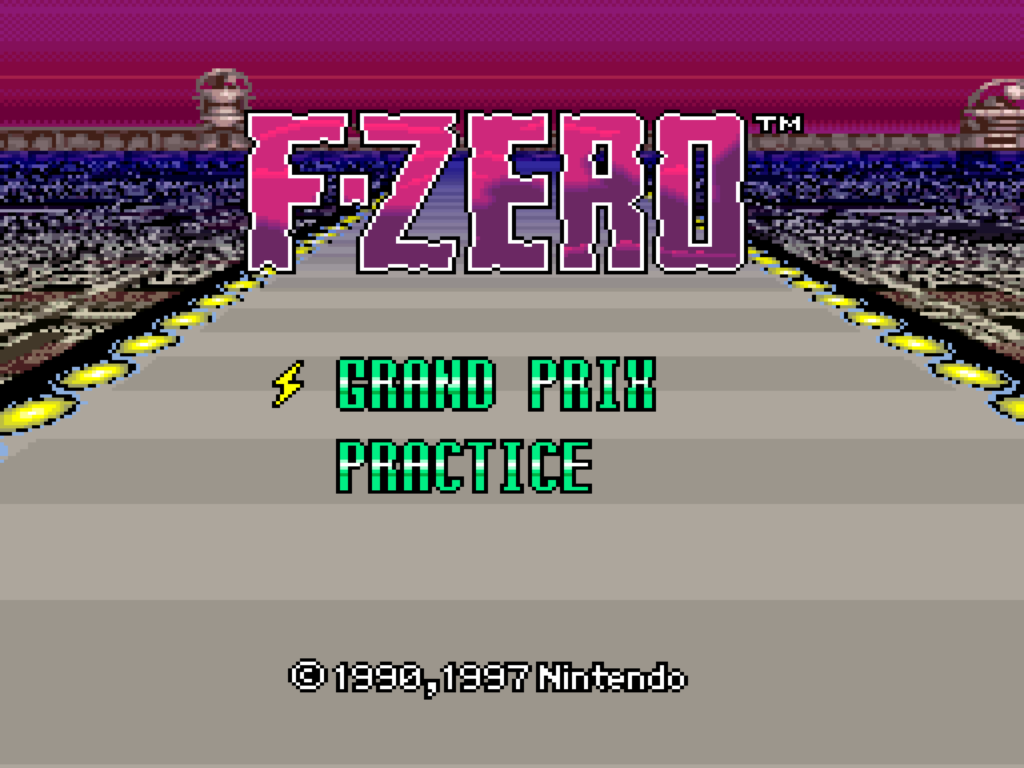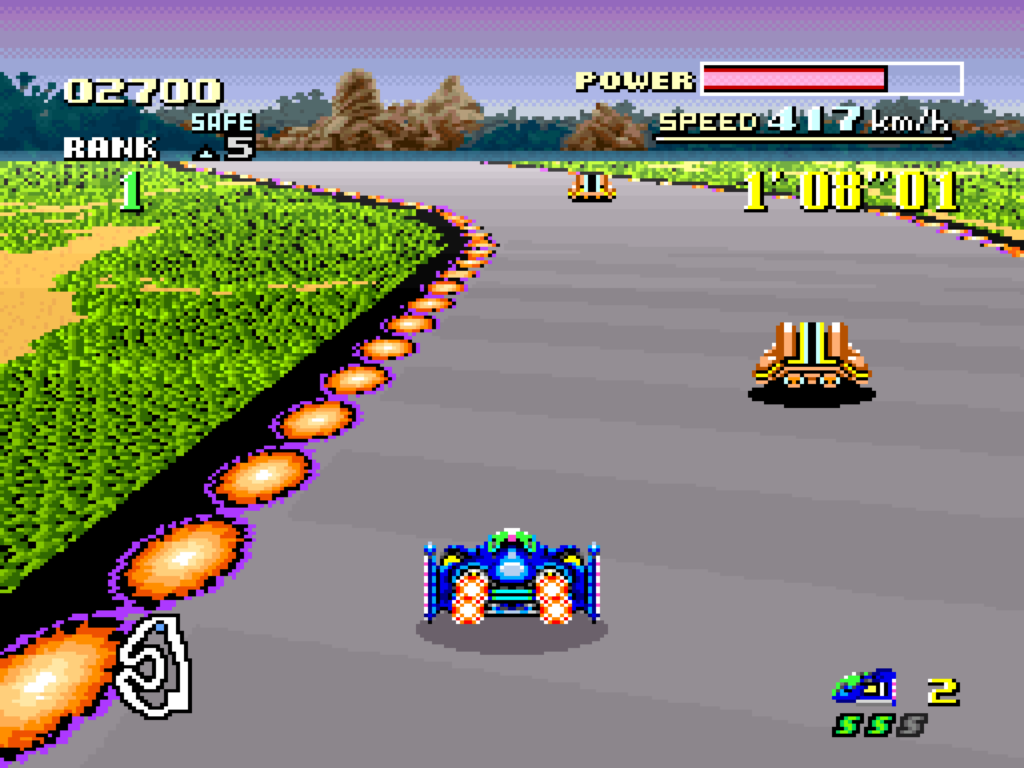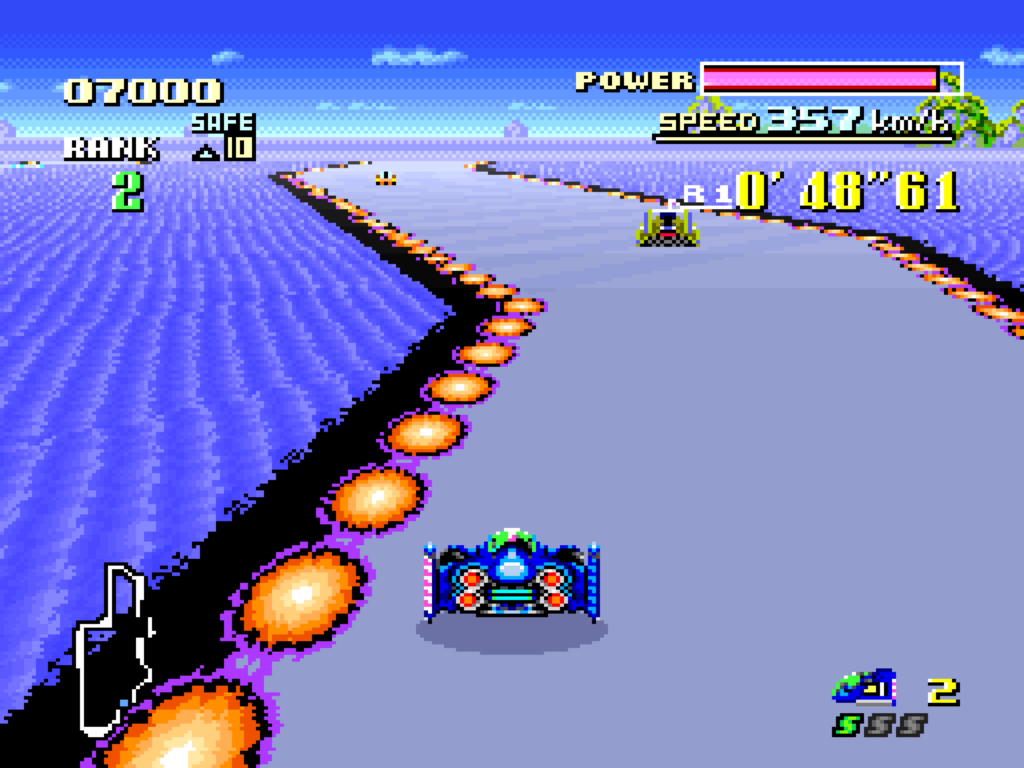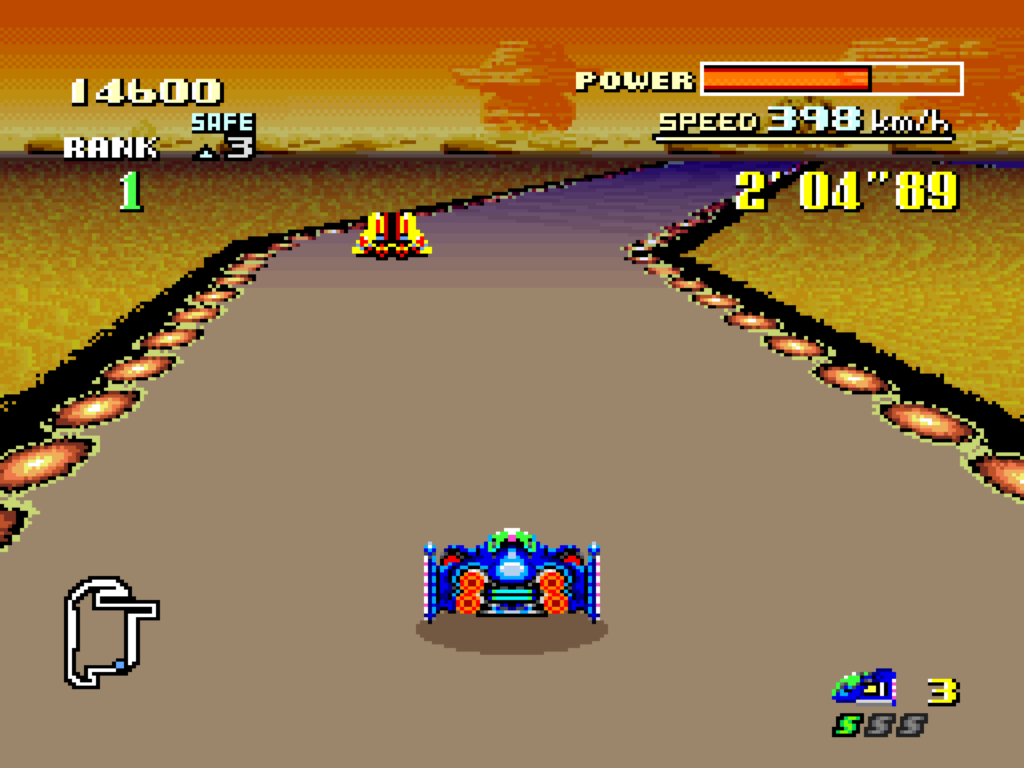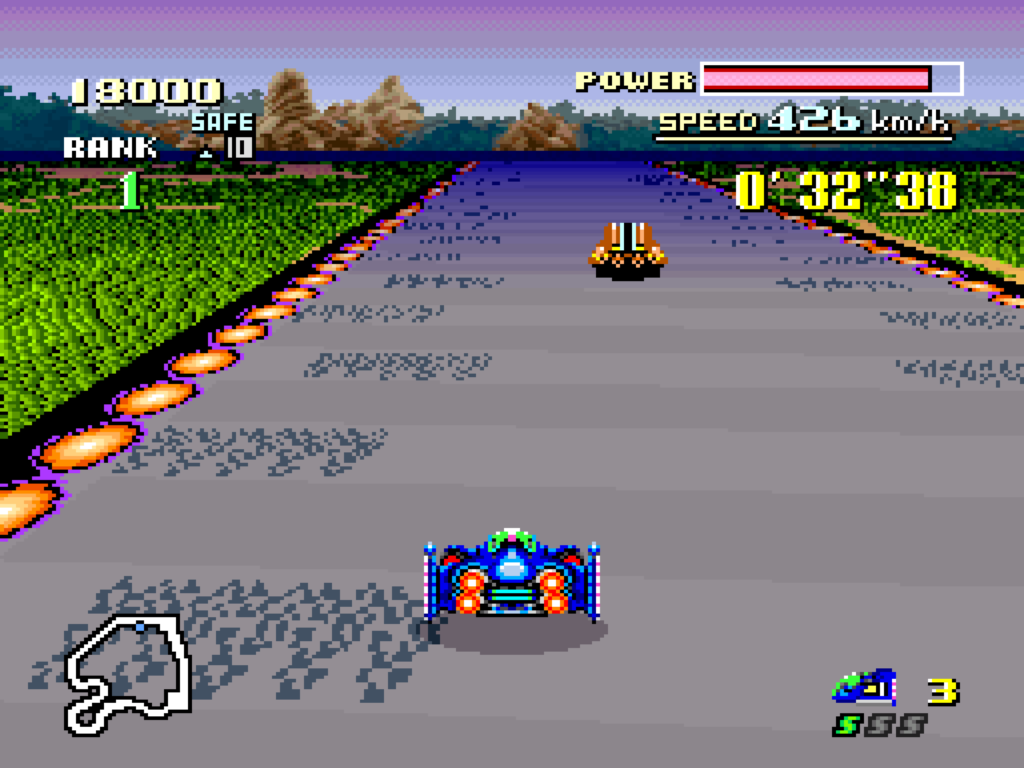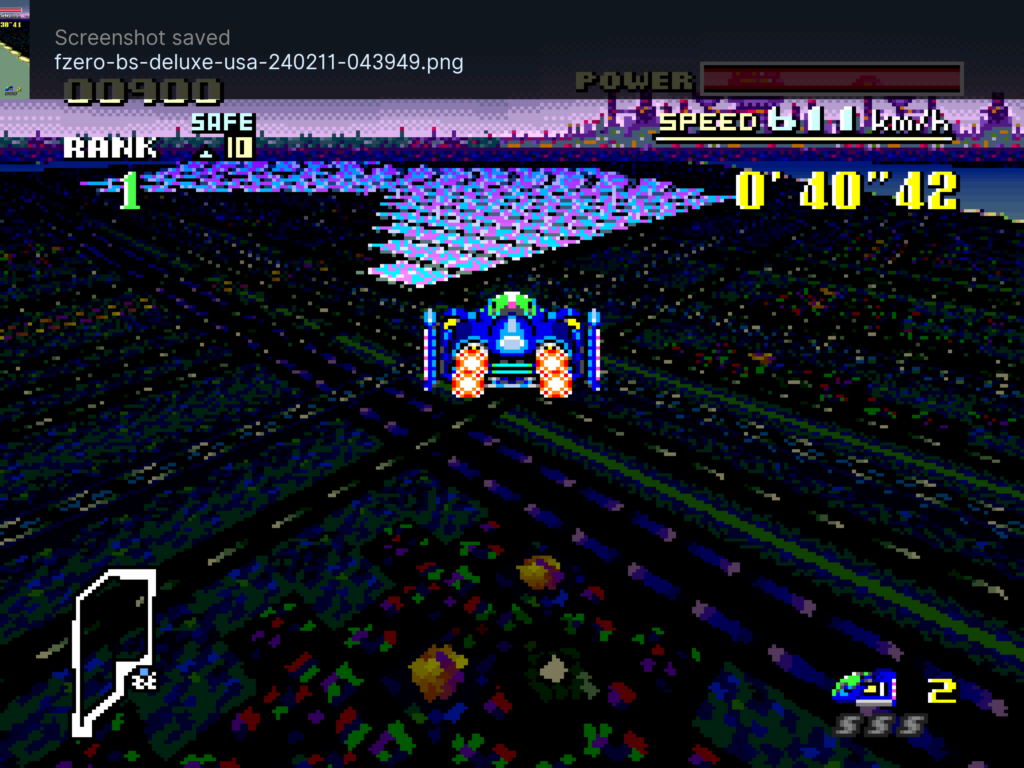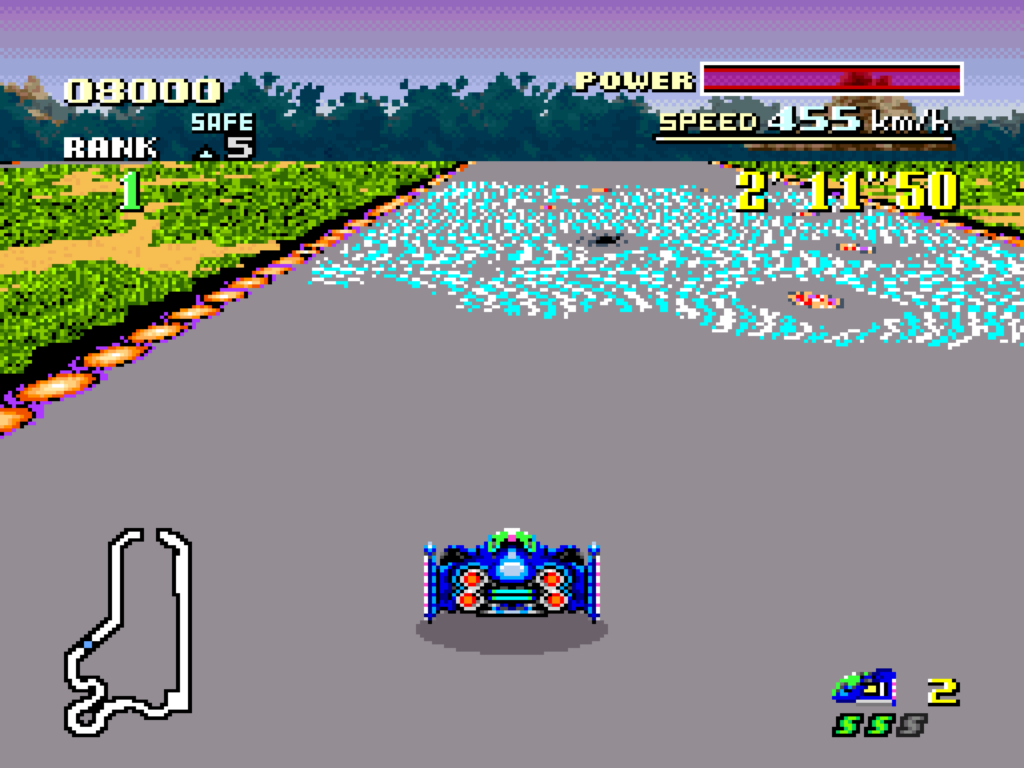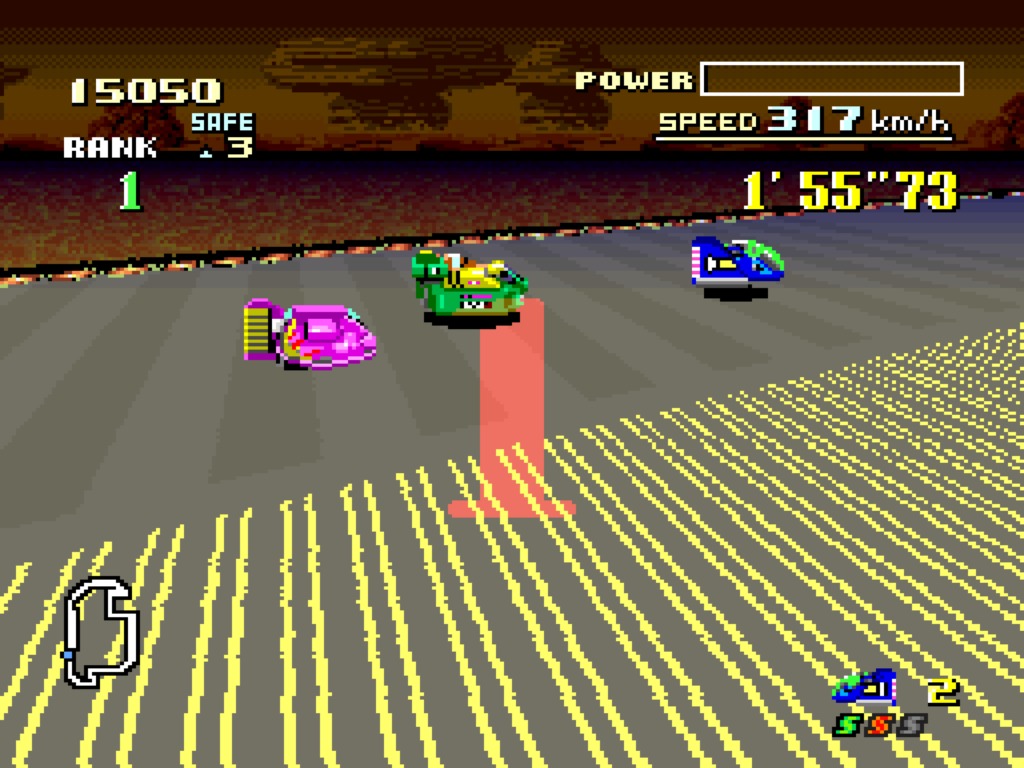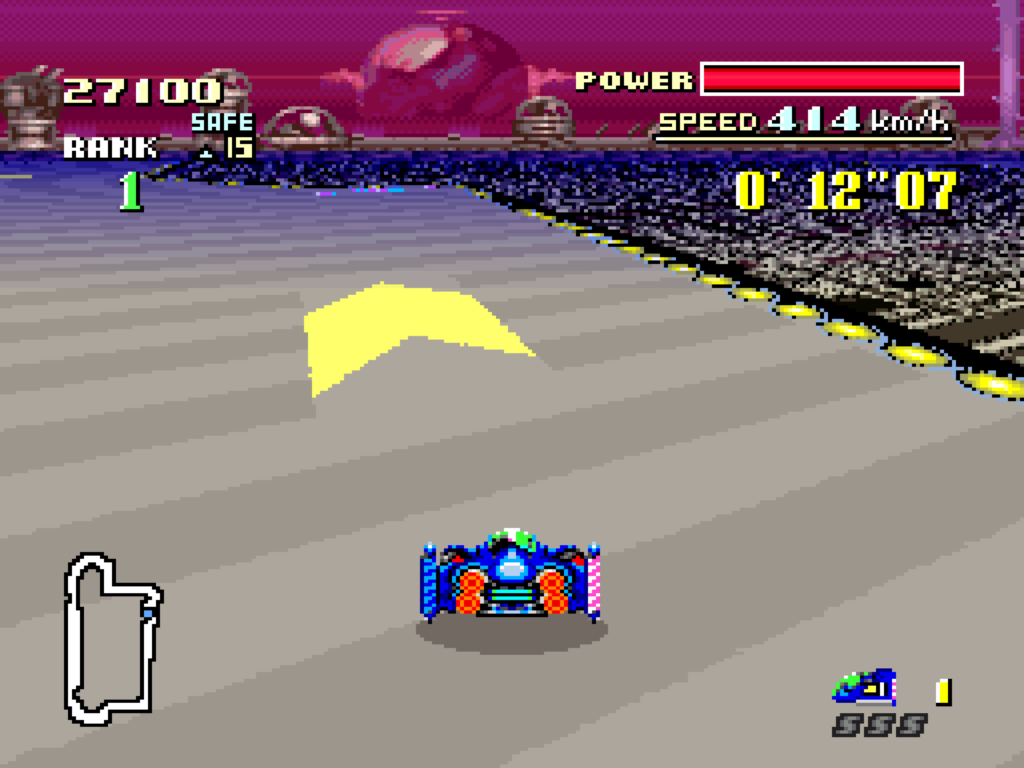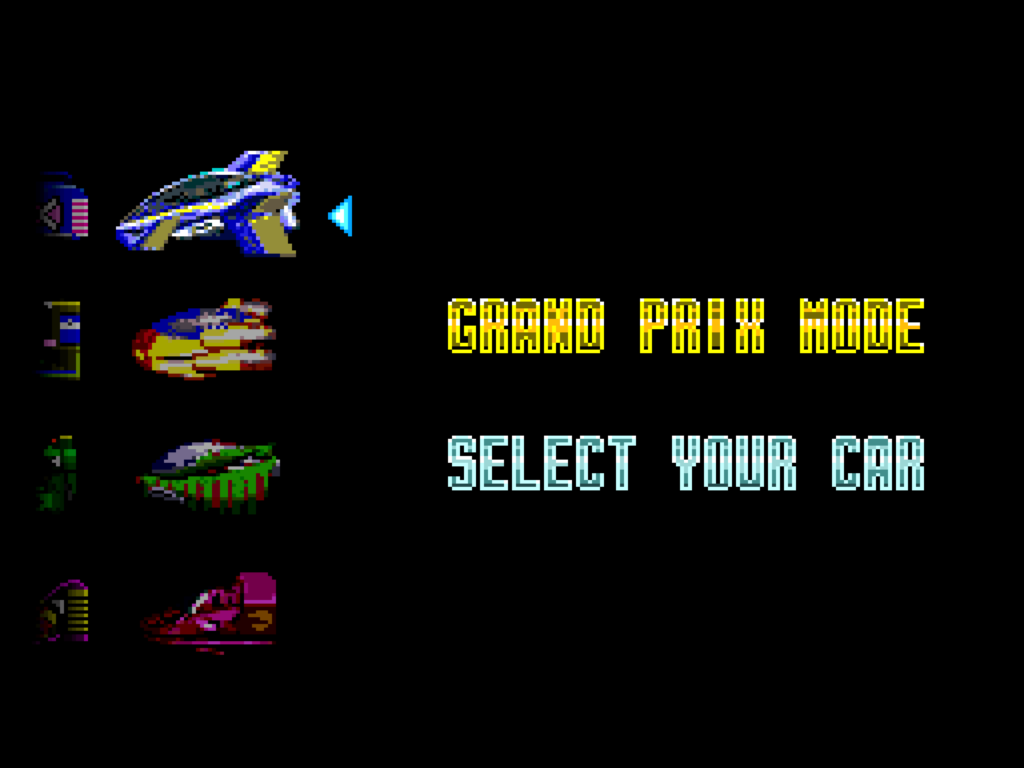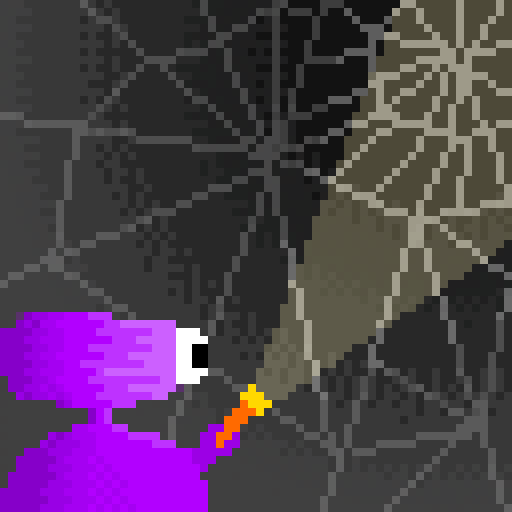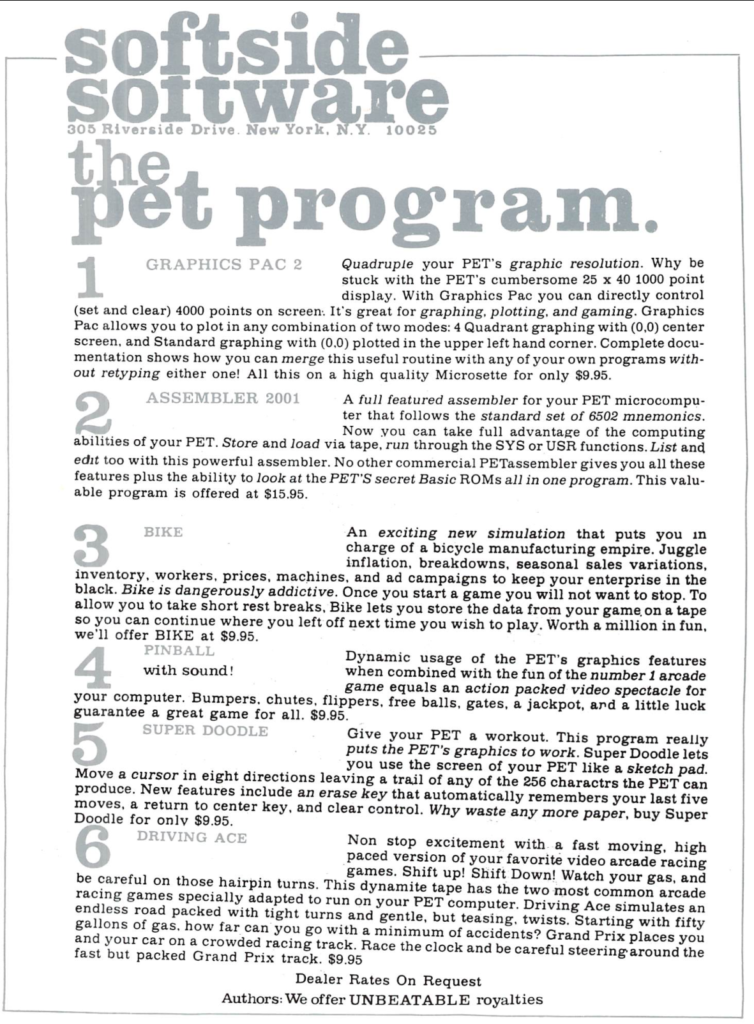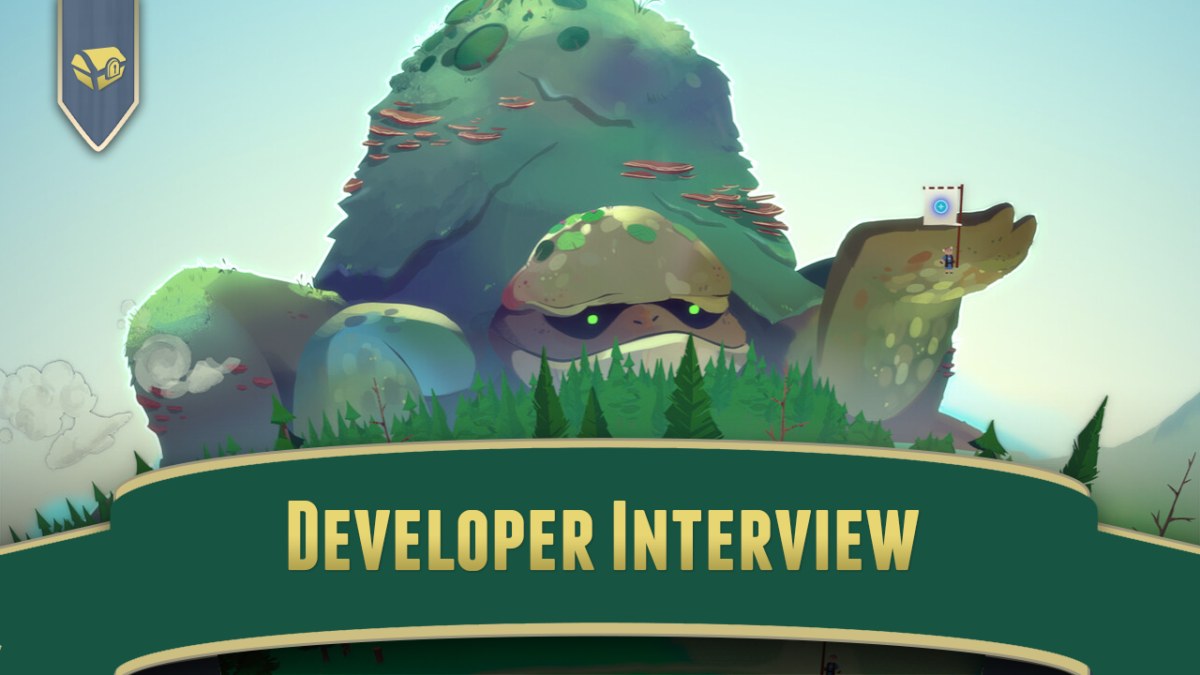Dr. Sparkle is back with the 64th installment (Youtube, 55 minutes) of his quest to review every NES and Famicom game. He’s pretty far in! In about ten episodes, he figures he’ll reach the launch of the Super Famicom, which won’t be the end of his journey but will probably mean he’s in the home stretch.
In the meantime, ten games from 1990 are in this episode. They are:
Puss ‘n’ Boots: Pero’s Great Adventure – Technically a retread of a previously-covered Japanese game, this version has substantial differences so Dr. Sparkle decided to cover its U.S. version separately. A very easy game until the last stage where it jumps in difficulty, and then the final boss is absurdly hard. Dr. S expresses confusion why a game made to be so easy that it’s obviously intended for young children would become nearly impossible right at the last second. Personally, I suspect it was done because NES game publishers were terrified of the game rental market.
Wit’s: A Japan-only release, this is basically a de-luxe version of Snake, where your enemies have special abilities that you have to account for. Suprisingly, it’s an arcade port!
Captain Tsubasa Vol. II: Super Striker: A weird RPG take on Soccer, published by Tecmo and based on a manga and anime series. Instead of controlling a player or players completely in real time, the action pauses frequently and asks you what to do. The main screen is mostly animations down on the soccer field. It’s a unique take on soccer, but it’s not the only one: this is the second game to play like this on the Famicom. The Captain Tsubasa game series continues even today: the most recent releases, Dr. Sparkle tells us, are on PS4 and Nintendo Switch, although I don’t know if they take the menu-based RPG approach.
Jyuouki: This is simply a licensed Famicom port of Sega’s Altered Beast, and a pretty bad one at that.
Mahjong G-Men: Nichibutsu Mahjong III: Yet another Mahjong game, although with some interesting features, if you’re into Mahjong. That’s not Mahjong Solitaire, a.k.a. Shanghai, the Activision (and formerly PLATO) computer game where you remove tiles in matching pairs from a tableaux, but the Chinese Rummy-like game using tiles instead of cards. It also has a weird Tetris-like subgame involving Mahjong tiles.
The Pennant League: Home Run Nighter ’90: Yet another Famicom baseball game.
Dr. Mario: The classic Nintendo puzzle game! I always thought it was a bit inferior to Tetris, but then most games are, and that didn’t stop me from playing a ton of it long ago.
Pictionary: Based on the board game, and coming from infamous American NES publisher LJN. Dr. Sparkle is a bit harsh on developer Software Creations, but I think this effort looks pretty well-made to me. It’s not a classic, and it’s actually not really so much Pictionary as a kind of variation on the theme, where players play mini-games to reveal parts of a drawing and then try to guess what the drawing is of. It looks much like one of Rare’s many game show and board game adaptations and creations, and in fact if it weren’t for the Software Creations credit I’d have assumed that Rare made it.
Bigfoot: From Acclaim and developed by Beam Software. It’s fairly well polished for a Beam Software title, but has some weird ideas to it, including a weird control scheme for the events that involves tapping left and right on the control pad. I think the idea has a bit of merit, but that it was probably the wrong place to use it. A Bigfoot game would mostly be bought or given to kids, who would be the absolute last demographic you should expect to master a non-standard control scheme. I’m not one of those people who thinks making a game that goes about its play differently than most other games is always a terrible idea (see: most of what I’ve ever written about roguelikes), and I can kind of see why they did it, trying to make a race game that’s more than just holding to the right. It probably could have used a bit more iteration though.
Snake Rattle ‘n’ Roll: A game from Rare that they actually put a lot of effort into, and it shows. And some people really like it, it’s definitely got a cult following. Dr. S isn’t part of it, due to the difficulty of getting used to SRnR’s isometric style. I think what happened was, they had these routines laying around that they used in implementing NES Marble Madness, and decided to do another game that controlled in that kind of way. I think the game was poorly suited to a digital control pad; if it were controlled with an analog stick, or at least a digital control where diagonal movement is easier, I think it’s possible that some people who hate Snake Rattle ‘n’ Roll might be able to enjoy it better.
Anyway, here is the whole episode, start to finish:




